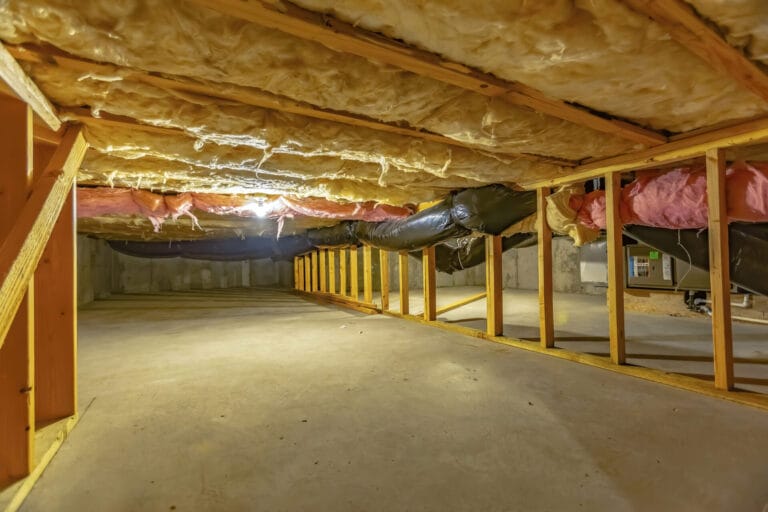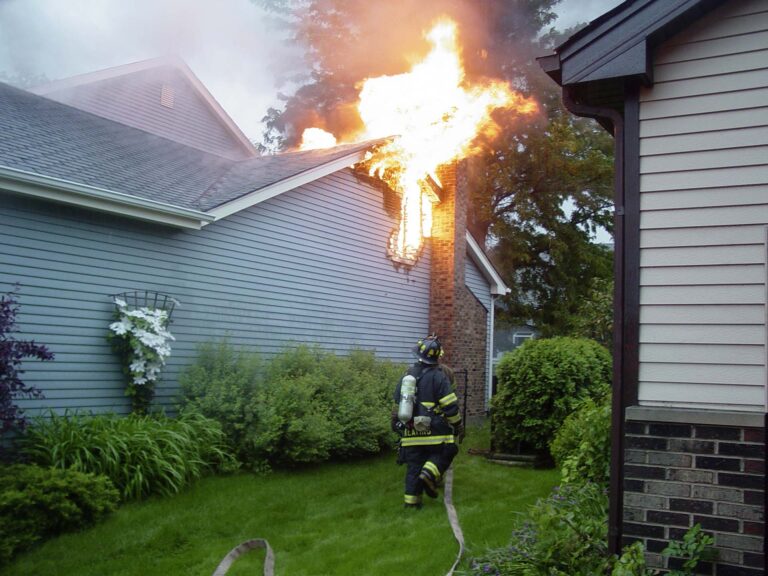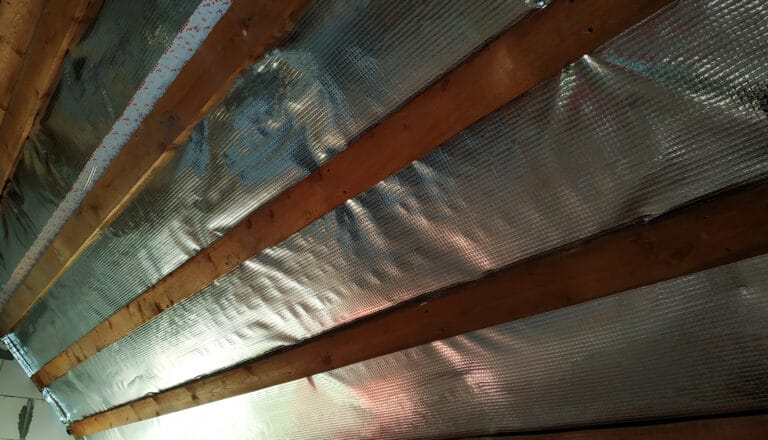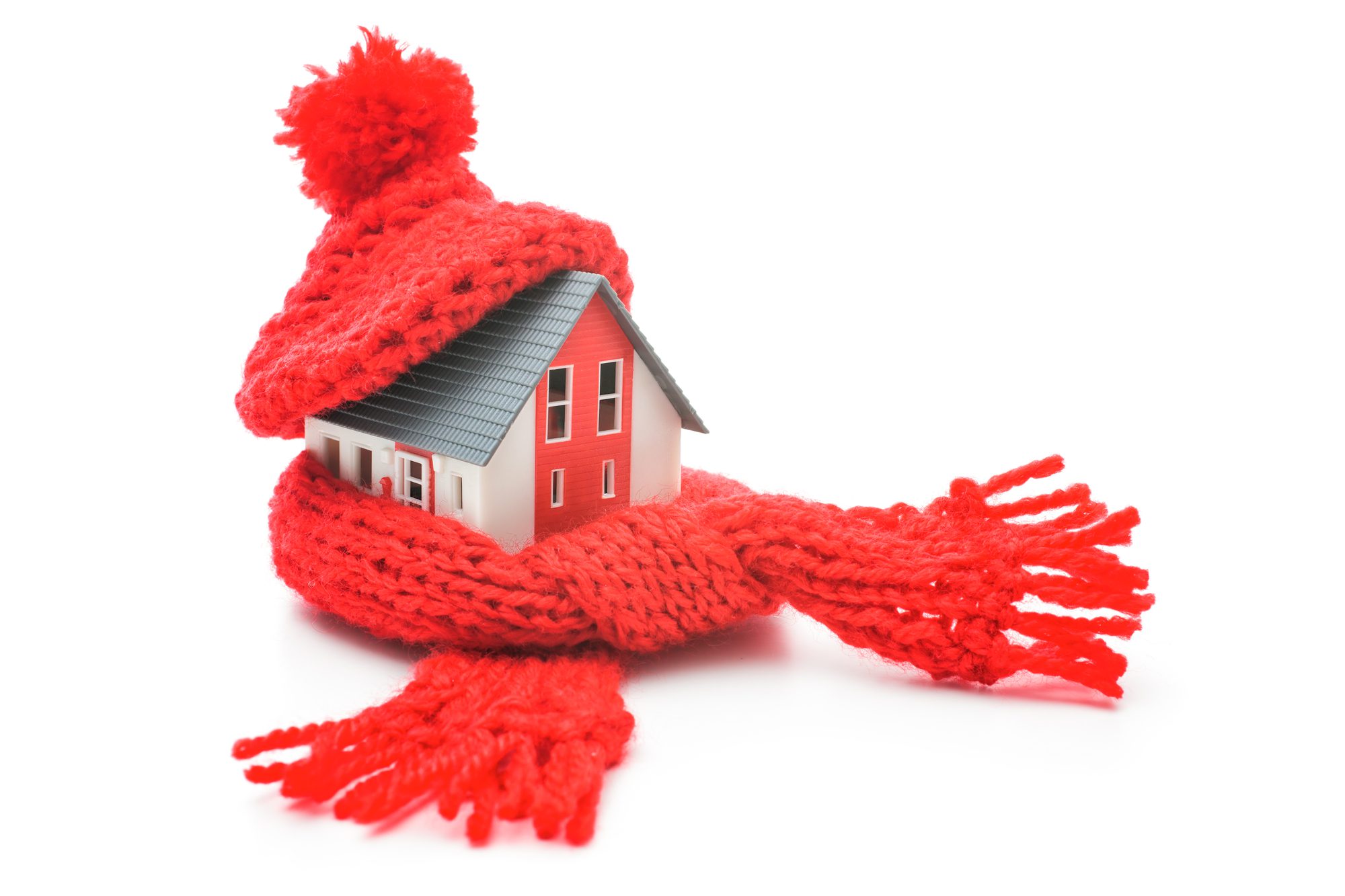
When Texas homeowners think about insulation, energy efficiency and temperature control typically come to mind first. However, another important benefit of home insulation that often goes overlooked is pest prevention. Quality insulation can create a formidable barrier against the diverse pest populations that thrive in the South Texas climate.
The connection between home insulation and pest prevention is particularly relevant in San Antonio, where the subtropical climate creates ideal conditions for various unwanted visitors year-round. From persistent rodent problems to seasonal insect invasions, the structural vulnerabilities in your home that compromise energy efficiency often serve as the same entry points that welcome pests.
Understanding Texas’s Unique Pest Challenges
San Antonio faces pest issues distinct to the region’s climate and geography. The Alamo City’s warm climate and urban sprawl make it a hotspot for various pests. Insects and rodents are particularly active year-round in seeking food, shelter, and water—all of which your home provides.
While traditional pest control methods, such as sprays and traps, can help manage infestations, they don’t solve the root problem: access points. Understanding these local threats is essential for implementing effective prevention strategies.
Rodent Concerns in South Texas
Roof rats, house mice, and field mice are remarkably adaptive creatures that flourish in San Antonio’s environment. These rodents require surprisingly small openings to gain access to your home. A mouse, for instance, can squeeze through a gap just a quarter-inch wide, while rats need only a half-inch opening. Once inside, they establish nests in wall cavities, attics, and crawl spaces—the same areas where insulation is typically installed.
Beyond obvious hygiene concerns, rodents cause significant structural damage by gnawing through building materials, including certain types of insulation. They’re particularly drawn to areas where insulation is deteriorating or improperly installed, and they use these materials to create nests and establish colonies that can rapidly expand.
Insect Invaders Common to San Antonio
The warm Texas climate creates ideal conditions for numerous insect species that can infiltrate homes, including:
- Cockroaches. These insects thrive in the city’s hot, humid environment and can flatten their bodies to slide through cracks as thin as a dime. German and American cockroaches, which are prevalent in San Antonio homes, shelter in wall voids and insulation gaps.
- Termites. They represent a serious threat to Texas homes. Improperly installed insulation against wooden structural elements can inadvertently create conducive conditions for termite activity. It traps moisture and provides termites, such as the subterranean and drywood varieties common in the region, with unmonitored access to wood.
- Fire ants. These ants have become increasingly problematic in urban San Antonio settings. These aggressive insects can enter homes through small foundation cracks and electrical conduits to establish colonies within wall voids where insulation has deteriorated.
- Scorpions. They are a concern that many new Texas residents don’t anticipate. Striped bark scorpions commonly find their way into San Antonio homes through foundation cracks, gaps around pipes, and poorly sealed doors and windows—the same thermal leaks that comprehensive insulation addresses.
How Quality Insulation Creates an Effective Pest Barrier
Professional insulation installation can be a proactive pest management strategy in several ways.
Sealing Entry Points
Modern insulation materials and professional installation techniques focus on creating a continuous thermal envelope—a seamless barrier that eliminates the gaps and cracks that function as both energy leaks and pest highways. The thorough air-sealing that accompanies proper insulation installation addresses:
- Foundation-to-wall junctions, where settling has created small but accessible gaps for pests. In San Antonio’s clay soils, foundation shifting is common and creates dynamic entry points that change seasonally as the soil expands and contracts with moisture variations.
- Utility penetrations, including plumbing lines, electrical conduits, and HVAC connections, create vulnerable transition points where pests frequently gain entry. Professional insulation contractors meticulously seal these areas with appropriate materials that maintain their integrity over time.
- Attic and soffit transitions are particularly vulnerable to flying insects and roof rats. Careful attention to these often-overlooked areas ensures both energy efficiency and pest resistance.
By sealing these gaps, insulation removes the entry points pests commonly exploit.
Blocking Nesting Areas
Loose-fill or batt insulation can sometimes create ideal nesting material for rodents, but professionally installed spray foam insulation offers no such comfort. Closed-cell spray foam hardens into a dense, rigid structure that discourages rodents from burrowing or nesting.
Reducing Moisture and Humidity
Many pests are drawn to moisture. Insulation helps regulate temperature and humidity, especially with proper air sealing and ventilation. A dry, tightly sealed home is far less attractive to moisture-loving pests like termites, cockroaches, and silverfish.
Insulation Materials with Pest-Resistant Properties
Not all insulation materials offer equal protection against pests. Experienced insulation professionals recommend and install materials with specific pest-resistant qualities.
- Spray foam insulation creates an impenetrable barrier that completely fills cavities and eliminates the pathways and harborage areas that pests exploit. The closed-cell variety is particularly effective, as its density and composition make it difficult for insects and rodents to tunnel through. For Texas homes, this material provides excellent protection against cockroaches and scorpions that typically move through wall voids.
- Fiberglass insulation with integrated pest-resistant features has evolved significantly. Modern products often include materials that discourage nesting and tunneling. However, proper installation is crucial, as improperly fitted fiberglass batts can leave gaps that become pest highways.
Strategic Installation Points for Maximum Pest Prevention
Experienced insulation contractors understand that certain areas of the home require special attention for effective pest management.
- Crawl spaces present unique challenges in Texas homes. The elevated humidity levels and proximity to the soil make these areas particularly attractive to termites, carpenter ants, and rodents. Properly insulated crawl spaces with moisture-resistant materials improve energy efficiency and create conditions less hospitable to pests.
- Attics are common entry points for roof rats, squirrels, and flying insects in San Antonio neighborhoods. Comprehensive attic insulation that addresses both thermal performance and potential entry points significantly reduces the likelihood of pest infestations from forming overhead.
- Exterior wall cavities become highway systems for pests, once they’ve breached the exterior envelope. Densely packed insulation in these areas eliminates the void spaces pests use for movement and harborage.
- Rim joists and band boards at the perimeter of floor systems often contain numerous small gaps where foundation walls meet wooden structural elements. These transition areas are prime entry points for various pests and require meticulous sealing and insulation.
Integration with Professional Pest Management
While quality insulation significantly reduces pest pressures, insulation professionals recommend an integrated approach to home protection. They typically conduct insulation assessments that include careful examination for evidence of existing pest activity. Insulation professionals document and alert homeowners to:
- Visible pest damage that might indicate active infestations requiring treatment before insulation installation.
- Conducive conditions, such as moisture issues or wood-to-ground contact that attract pests regardless of insulation quality.
- Previous pest entry points that require special attention during the insulation process.
Return on Investment: The Benefits of Quality Insulation
Investing in professional insulation delivers measurable returns on multiple fronts.
Energy savings
San Antonio homeowners can save up to 20% reductions in heating and cooling costs after comprehensive insulation upgrades. These savings accumulate continuously, providing ongoing financial benefits.
Pest management cost reduction
Homes with properly installed, pest-resistant insulation typically require fewer pest control treatments and major infestations. The result is significant reductions in annual pest management expenses.
Property value protection
By preventing both energy waste and pest damage, quality insulation preserves structural integrity and maintains home value. This protection is particularly important in San Antonio’s active real estate market, where home inspections frequently evaluate both insulation quality and evidence of pest issues.
Insulate to Protect from Pests
Whether you’re dealing with pests or simply want to prevent them from entering your home, proper insulation is one of the smartest investments you can make. Not only will it help keep your home cooler in the brutal Texas heat and lower your energy bills, but it will also strengthen your home’s defense against unwanted invaders.
So, whether upgrading an older home or building a new one, don’t overlook the powerful connection between home insulation and pest prevention.
For a detailed assessment of your home’s insulation and pest vulnerability, contact Geo Insulation today to schedule a professional consultation. Our experienced team will evaluate your specific needs and recommend solutions tailored to your home’s architecture, your priorities, and the distinct Texas challenges.






